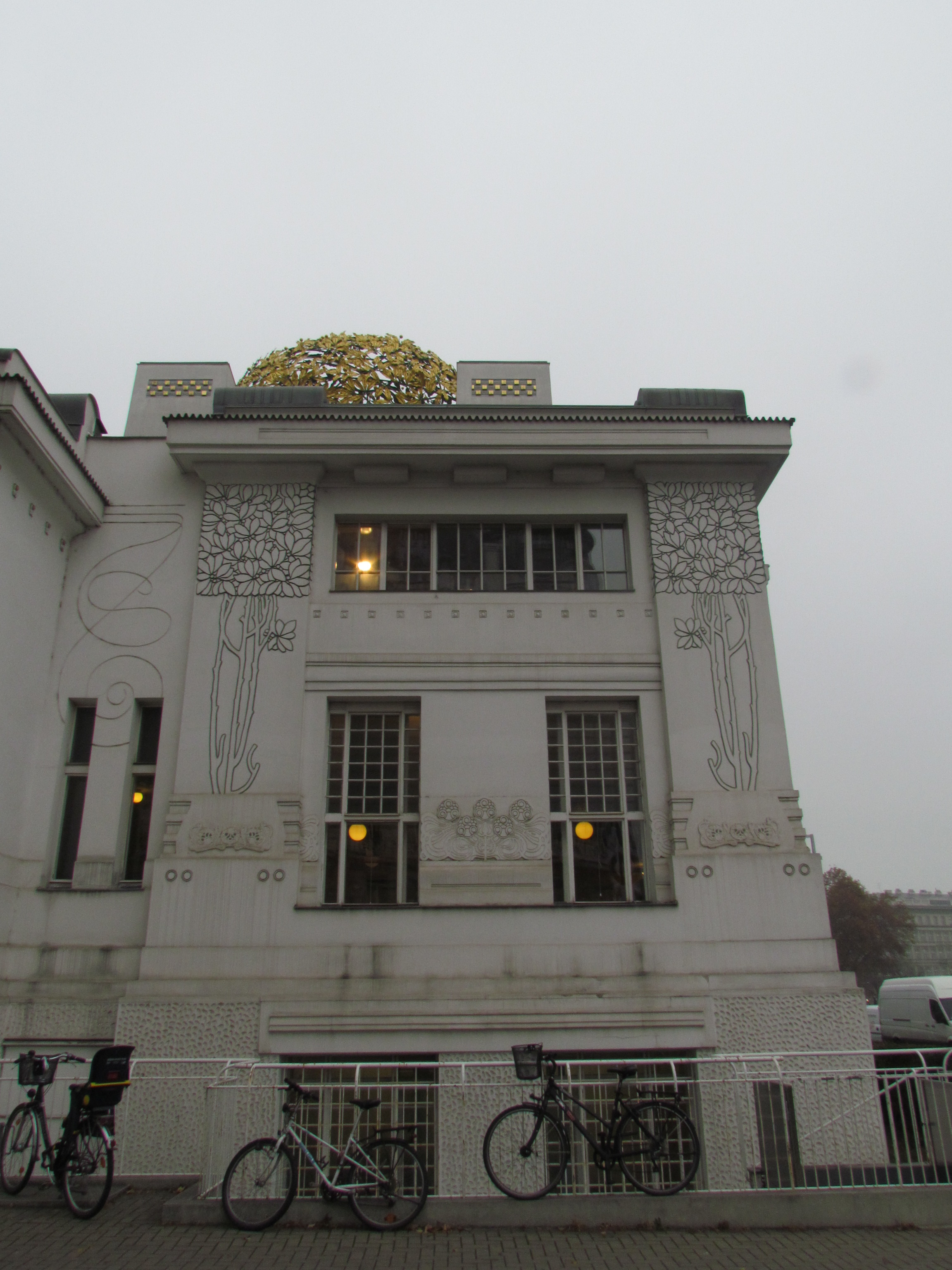

The goals of the new movement in Vienna were expressed by the literary critic Hermann Bahr in the first issue of the new journal begun by the group, called Ver Sacrum ("Sacred Spring"). The movement took its name from Munich Secession movement that was founded in 1892. The goals stated at the founding included establishing contact and an exchange of ideas with artists outside Austria, disputing artistic nationalism, renewing the decorative arts creating a "total art", that unified painting, architecture, and the decorative arts and, in particular, opposing the domination of the official Vienna Academy of the Arts, the Vienna Künstlerhaus, and official art salons, with its traditional orientation toward Historicism. The architect Otto Wagner joined the group shortly after it was founded. The Vienna Secession was founded on 3 April 1897 by artist Gustav Klimt, designer Koloman Moser, architects Josef Hoffmann and Joseph Maria Olbrich, Max Kurzweil, Wilhelm Bernatzik and others. In its current form, the Secession exhibition gallery is independently led and managed by artists. In 1905 the group itself split, when some of the most prominent members, including Klimt, Wagner, and Hoffmann, resigned in a dispute over priorities, but it continued to function, and still functions today, from its headquarters in the Secession Building. Their official magazine was called Ver Sacrum ( Sacred Spring, in Latin), which published highly stylised and influential works of graphic art. Their most influential architectural work was the Secession Building designed by Joseph Maria Olbrich as a venue for expositions of the group. They resigned from the Association of Austrian Artists in protest against its support for more traditional artistic styles.

The Vienna Secession ( German: Wiener Secession also known as the Union of Austrian Artists, or Vereinigung Bildender Künstler Österreichs) is an art movement, closely related to Art Nouveau, that was formed in 1897 by a group of Austrian painters, graphic artists, sculptors and architects, including Josef Hoffman, Koloman Moser, Otto Wagner and Gustav Klimt. Gustav Klimt, Joseph Maria Olbrich, Josef Hoffmann, Otto Wagner Top: Secession Building in Vienna designed by Joseph Maria Olbrich (1897–1898) Bottom: Excerpts of the Beethoven Frieze by Gustav Klimt (1902)


 0 kommentar(er)
0 kommentar(er)
